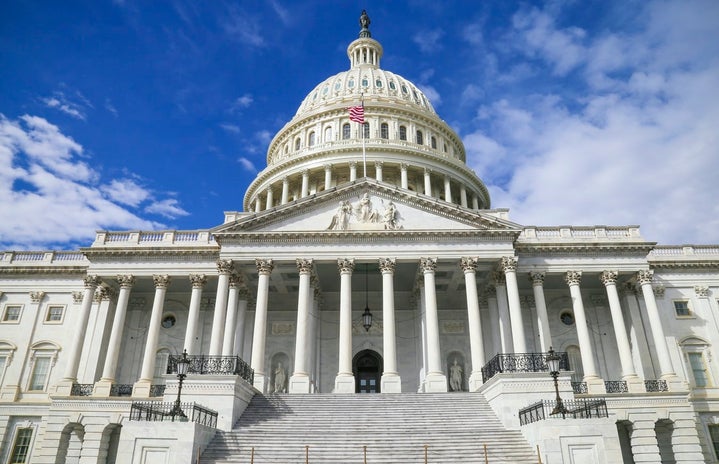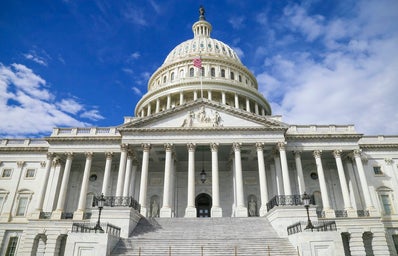In the complex process of electing a U.S. president, one of the most often debated and least understood components is the Electoral College. As Election Day approaches every four years, conversations resurface about how and why the United States uses this system, raising questions from voters about what it really means for their vote to “count.” Here’s a closer look at how the Electoral College works and why it remains a critical element of the American electoral process.
What Is the Electoral College?
The Electoral College is a group of 538 electors who ultimately determine the outcome of the presidential election. While citizens vote for their preferred candidate on Election Day, they are actually voting for a slate of electors chosen by the candidate’s political party. These electors, who meet in their respective state capitals in December, cast the official votes for president and vice president.
The number of electors per state is based on each state’s representation in Congress, two senators plus a number of representatives, which varies depending on the state’s population. California, for instance, has fifty-five electoral votes due to its large population, while smaller states like Vermont and Wyoming each have just three.
How Are Electoral Votes Allocated?
In most states, the candidate who wins the popular vote receives all of the state’s electoral votes in a “winner-takes-all” approach. Maine and Nebraska are the exceptions, using a proportional system that awards electoral votes based on the winner in each congressional district, with two additional votes going to the statewide winner.
This winner-takes-all method means that candidates often focus their campaign efforts on “swing states” or “battleground states,” where the outcome is uncertain and the electoral votes are critical. States with large populations, such as Florida, Texas, and Pennsylvania, can play a decisive role due to their significant number of electoral votes.
How Does a Candidate Win the Presidency?
To win the presidency, a candidate must secure a majority of electoral votes, at least 270 out of 538. If no candidate reaches this majority, a rare occurrence, the election is decided by the House of Representatives. In this case, each state delegation in the House has one vote, and the Senate chooses the vice president. This scenario last occurred in 1824 when John Quincy Adams was elected by the House after no candidate achieved an electoral majority.
What Happens to the Popular Vote?
While the popular vote, the total number of votes cast by individual citizens, determines the electors in each state, it does not directly decide the president. This aspect of the Electoral College has led to controversy, particularly in cases where a candidate wins the popular vote but loses the electoral vote, as happened in the 2000 and 2016 elections. These instances fuel debates about whether the Electoral College should be reformed or abolished in favor of a nationwide popular vote.
Why Does the Electoral College Exist?
The Electoral College was established in 1787 by the framers of the U.S. Constitution as a compromise between electing the president by Congress and by popular vote. The founders believed that a direct popular vote could lead to a “tyranny of the majority” where populous states would dominate the presidency, while the Electoral College would ensure that smaller states have a voice.
Critics argue that this system is outdated and no longer represents the democratic ideals it once aimed to protect. Supporters, however, contend that it preserves a balance of power among states, encouraging candidates to build broad coalitions rather than solely appealing to highly populated urban areas.
Ongoing Debate and Calls for Reform
In recent years, the Electoral College has been the subject of heated debate. Some advocate for its reform or complete elimination, proposing alternatives like a nationwide popular vote or the National Popular Vote Interstate Compact, where states agree to award their electoral votes to the popular vote winner. Proponents believe such changes would make every vote count equally, while opponents argue that the Electoral College remains a vital safeguard for a diverse and balanced democracy.
Ultimately, the Electoral College stands as a unique feature of American democracy, one that both reflects the country’s federalist structure and raises questions about representation in modern elections. Whether reformed or preserved, its role continues to spark dialogue about the values and priorities in American presidential elections.


